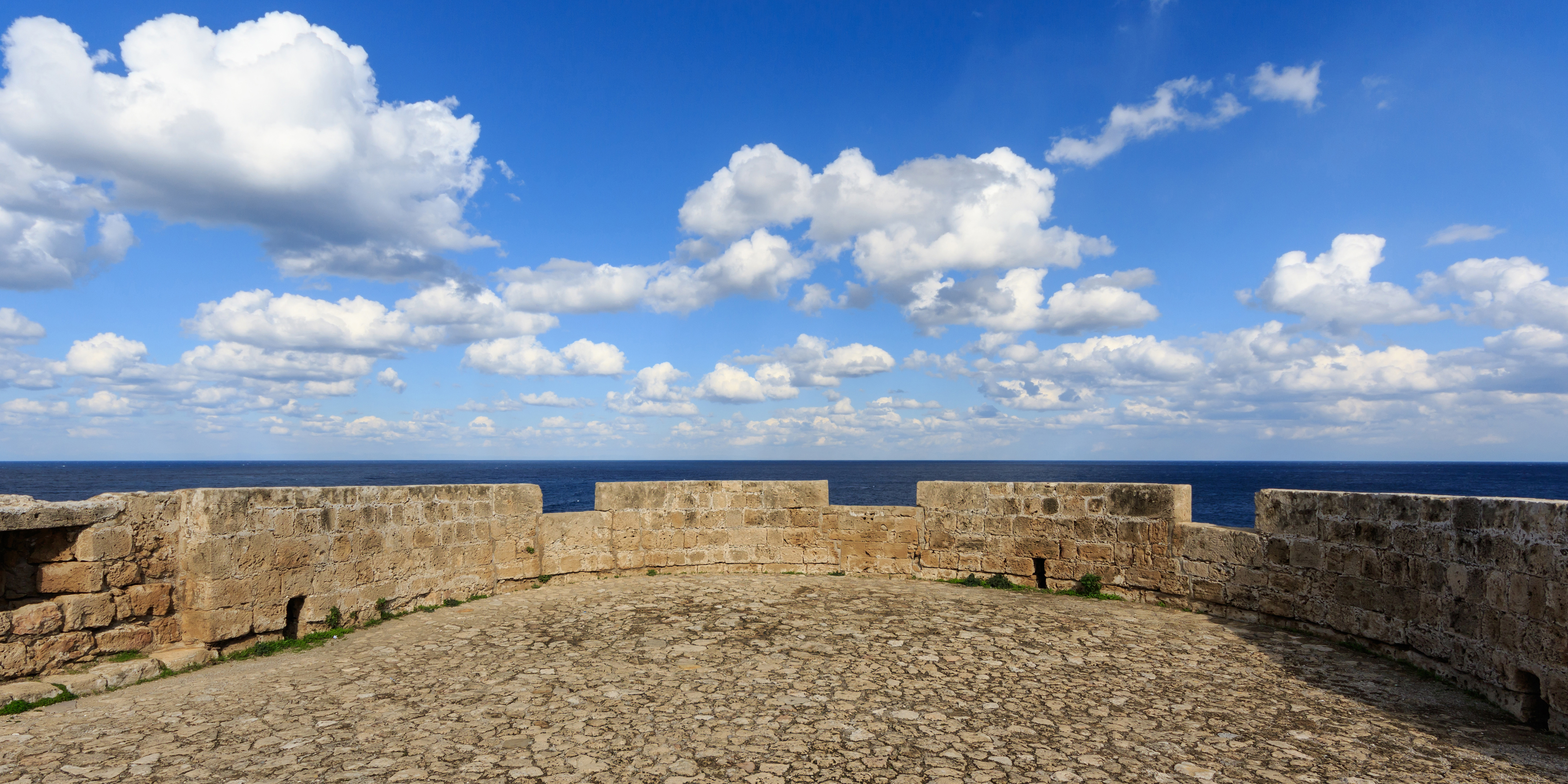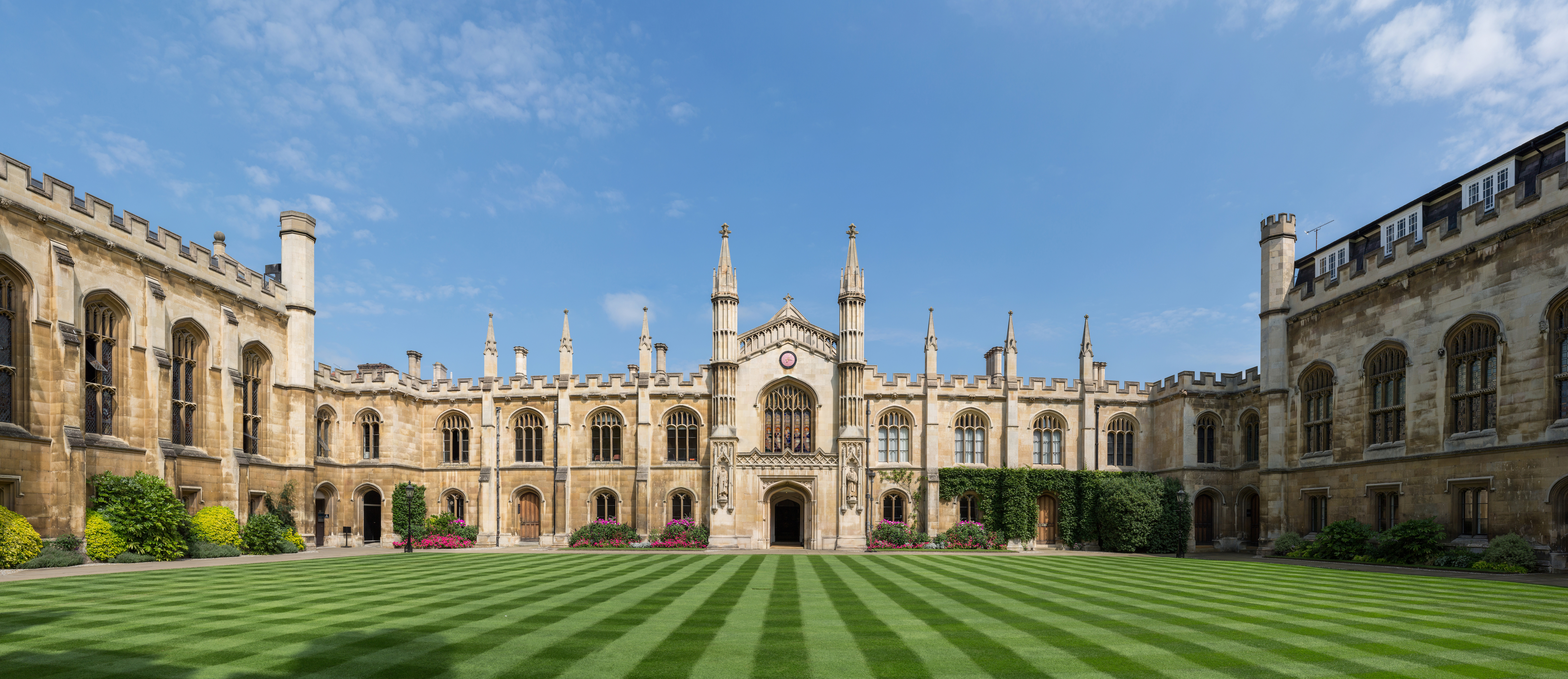|
Durango High School (Colorado)
Durango High School is a public high school in Durango, Colorado, United States. The school's historic building, now the district's administrative building, is listed on the National Register of Historic Places and the Colorado State Register of Historic Properties. The building opened in 1917, and served as a high school until it became the district administration building in 1976. History Durango's first high school opened in 1893. By early 1914, the school had problems with overcrowding, so plans were drawn up for a new building. The chosen site was between 12th and 13th Streets along East 2nd Avenue, and existing property owners were willing to sell. The optimal location for the building happened to be directly in the 2nd Avenue right-of-way, so the city abandoned the road and an alley in the 12th–13th Street block. A $175,000 bond for construction of the new building passed in 1916 with a vote of 238 to 199. The building was designed by architectural firm Thomas MacLaren ... [...More Info...] [...Related Items...] OR: [Wikipedia] [Google] [Baidu] |
Durango, Colorado
Durango is a home rule municipality that is the county seat and the most populous municipality of La Plata County, Colorado, United States. The city population was 19,071 at the 2020 United States Census. Durango is the home of Fort Lewis College. History The town was organized from September 1880 to April 1881 by the Denver and Rio Grande Railroad (D&RG, later known as the Denver and Rio Grande Western railroad) as part of their efforts to reach Silverton, Colorado, and service the San Juan mining district, the goal of their "San Juan Extension" built from Alamosa Colorado. The D&RG chose a site in the Animas Valley close to the Animas River near what's now the Downtown Durango Historic Business District for its railroad facilities following a brief and most likely perfunctory negotiation with the other establishment in the area known as Animas City, two miles to the north. The city was named by ex-Colorado Governor Alexander C. Hunt, a friend of D&RG President Willia ... [...More Info...] [...Related Items...] OR: [Wikipedia] [Google] [Baidu] |
History Colorado
History Colorado is a historical society that was established in 1879 as the State Historical Society of Colorado, also known as the Colorado Historical Society. History Colorado is a 501(c)(3) organization and an agency of the State of Colorado under the Department of Higher Education. Overview History Colorado offers the public access to cultural and heritage resources of Colorado, including museums and special programs for individuals and families, collection stewardship of Colorado's historic treasures, educational resources for schools, students and teachers, services related to preservation, archaeology and history, and the Stephen H. Hart Research Library. History Colorado's statewide activities support tourism, historic preservation, education, and research related to Colorado's rich western history, offering the public unique opportunities to interact with Colorado history through its network of museums, which offer both exhibitions and special programs for adults and ch ... [...More Info...] [...Related Items...] OR: [Wikipedia] [Google] [Baidu] |
School Buildings On The National Register Of Historic Places In Colorado
A school is an educational institution designed to provide learning spaces and learning environments for the teaching of students under the direction of teachers. Most countries have systems of formal education, which is sometimes compulsory. In these systems, students progress through a series of schools. The names for these schools vary by country (discussed in the '' Regional terms'' section below) but generally include primary school for young children and secondary school for teenagers who have completed primary education. An institution where higher education is taught is commonly called a university college or university. In addition to these core schools, students in a given country may also attend schools before and after primary (elementary in the U.S.) and secondary (middle school in the U.S.) education. Kindergarten or preschool provide some schooling to very young children (typically ages 3–5). University, vocational school, college or seminary may be availa ... [...More Info...] [...Related Items...] OR: [Wikipedia] [Google] [Baidu] |
National Register Of Historic Places Listings In La Plata County, Colorado
__NOTOC__ This is a list of the National Register of Historic Places listings in La Plata County, Colorado. This is intended to be a complete list of the properties and districts on the National Register of Historic Places in La Plata County, Colorado, United States. The locations of National Register properties and districts for which the latitude and longitude coordinates are included below, may be seen in a map. There are 15 properties and districts listed on the National Register in the county. One site was previously listed but has been delisted. Current listings Former listing See also * List of National Historic Landmarks in Colorado * National Register of Historic Places listings in Colorado References {{La Plata County, Colorado La Plata La Plata () is the capital city of Buenos Aires Province, Argentina. According to the , it has a population of 654,324 and its metropolitan area, the Greater La Plata, has 787,294 inhabitants. ... [...More Info...] [...Related Items...] OR: [Wikipedia] [Google] [Baidu] |
Parapet
A parapet is a barrier that is an extension of the wall at the edge of a roof, terrace, balcony, walkway or other structure. The word comes ultimately from the Italian ''parapetto'' (''parare'' 'to cover/defend' and ''petto'' 'chest/breast'). Where extending above a roof, a parapet may simply be the portion of an exterior wall that continues above the edge line of the roof surface, or may be a continuation of a vertical feature beneath the roof such as a fire wall or party wall. Parapets were originally used to defend buildings from military attack, but today they are primarily used as guard rails, to conceal rooftop equipment, reduce wind loads on the roof, and to prevent the spread of fires. In the Bible the Hebrews are obligated to build a parapet on the roof of their houses to prevent people falling (Deuteronomy 22:8). Parapet types Parapets may be plain, embattled, perforated or panelled, which are not mutually exclusive terms. *Plain parapets are upward extensio ... [...More Info...] [...Related Items...] OR: [Wikipedia] [Google] [Baidu] |
Terra Cotta
Terracotta, terra cotta, or terra-cotta (; ; ), in its material sense as an earthenware substrate, is a clay-based unglazed or glazed ceramic where the fired body is porous. In applied art, craft, construction, and architecture, terracotta is the term normally used for sculpture made in earthenware and also for various practical uses, including vessels (notably flower pots), water and waste water pipes, roofing tiles, bricks, and surface embellishment in building construction. The term is also used to refer to the natural brownish orange color of most terracotta. In archaeology and art history, "terracotta" is often used to describe objects such as figurines not made on a potter's wheel. Vessels and other objects that are or might be made on a wheel from the same material are called earthenware pottery; the choice of term depends on the type of object rather than the material or firing technique. Unglazed pieces, and those made for building construction and industr ... [...More Info...] [...Related Items...] OR: [Wikipedia] [Google] [Baidu] |
Quoining
Quoins ( or ) are masonry blocks at the corner of a wall. Some are structural, providing strength for a wall made with inferior stone or rubble, while others merely add aesthetic detail to a corner. According to one 19th century encyclopedia, these imply strength, permanence, and expense, all reinforcing the onlooker's sense of a structure's presence. Stone quoins are used on stone or brick buildings. Brick quoins may appear on brick buildings, extending from the facing brickwork in such a way as to give the appearance of generally uniformly cut ashlar blocks of stone larger than the bricks. Where quoins are decorative and non-load-bearing a wider variety of materials is used, including timber, stucco, or other cement render. Techniques Ashlar blocks In a traditional, often decorative use, large rectangular ashlar Ashlar () is finely dressed (cut, worked) stone, either an individual stone that has been worked until squared, or a structure built from such stones. Ashl ... [...More Info...] [...Related Items...] OR: [Wikipedia] [Google] [Baidu] |
Classical Revival Style
Neoclassical architecture is an architectural style produced by the Neoclassical movement that began in the mid-18th century in Italy and France. It became one of the most prominent architectural styles in the Western world. The prevailing styles of architecture in most of Europe for the previous two centuries, Renaissance architecture and Baroque architecture, already represented partial revivals of the Classical architecture of ancient Rome and (much less) ancient Greek architecture, but the Neoclassical movement aimed to strip away the excesses of Late Baroque and return to a purer and more authentic classical style, adapted to modern purposes. The development of archaeology and published accurate records of surviving classical buildings was crucial in the emergence of Neoclassical architecture. In many countries, there was an initial wave essentially drawing on Roman architecture, followed, from about the start of the 19th century, by a second wave of Greek Revival architec ... [...More Info...] [...Related Items...] OR: [Wikipedia] [Google] [Baidu] |
Durango High School - First Floor, 1920
Durango (), officially named Estado Libre y Soberano de Durango ( en, Free and Sovereign State of Durango; Tepehuán: ''Korian''; Nahuatl: ''Tepēhuahcān''), is one of the 31 states which make up the 32 Federal Entities of Mexico, situated in the northwest of the country. With a population of 1,832,650, the 8th lowest of Mexico's states, Durango has Mexico's second-lowest population density, after Baja California Sur. The capital city, Victoria de Durango, is named after the first President of Mexico, Guadalupe Victoria. Geography General information With , Durango accounts for about 6.3% of the entire territory of Mexico. It is the fourth largest state lying at the extreme northwest of the Central Mexican Plateau, where it meets the Sierra Madre Occidental—the highest peaks in the state. The state has an average elevation of 1,775 meters above sea level, with a mean elevation of 1,750 m in the Valleys region and 2,450 m in the Sierra region. The city of Durango is o ... [...More Info...] [...Related Items...] OR: [Wikipedia] [Google] [Baidu] |
Advanced Placement
Advanced Placement (AP) is a program in the United States and Canada created by the College Board which offers college-level curriculum, curricula and examinations to high school students. American colleges and universities may grant placement and course credit to students who obtain high scores on the examinations. The AP curriculum for each of the various subjects is created for the College Board by a panel of experts and college-level educators in that Discipline (academia), field of study. For a high school course to have the designation, the course must be audited by the College Board to ascertain that it satisfies the AP curriculum as specified in the Board's Course and Examination Description (CED). If the course is approved, the school may use the AP designation and the course will be publicly listed on the AP Course Ledger. History After the end of World War II, the Ford Foundation created a fund that supported committees studying education. The program, which was then ... [...More Info...] [...Related Items...] OR: [Wikipedia] [Google] [Baidu] |
Carnegie Unit And Student Hour
The Carnegie Unit and the Student Hour are strictly time-based references for measuring educational attainment used by American universities and colleges; the Carnegie Unit assesses secondary school attainment, and the Student Hour, derived from the Carnegie Unit, assesses collegiate attainment. As per its original definition, the Carnegie Unit is 120 hours of class or contact time with an instructor over the course of a year at the secondary (American high school) level. Strictly speaking, this breaks down into a single one-hour meeting, on each of five days per week for a total of 24 weeks per year. However, knowing that classes usually meet for 50 minutes yields a value of 30 weeks per year. However, further complicating the computation is the fact that American schools typically meet 180 days, or 36 academic weeks, a year. A semester (one-half of a full year) earns 1/2 a Carnegie Unit. The Student Hour is approximately 12 hours of class or contact time, approximately 1/10 of ... [...More Info...] [...Related Items...] OR: [Wikipedia] [Google] [Baidu] |
College
A college ( Latin: ''collegium'') is an educational institution or a constituent part of one. A college may be a degree-awarding tertiary educational institution, a part of a collegiate or federal university, an institution offering vocational education, or a secondary school. In most of the world, a college may be a high school or secondary school, a college of further education, a training institution that awards trade qualifications, a higher-education provider that does not have university status (often without its own degree-awarding powers), or a constituent part of a university. In the United States, a college may offer undergraduate programs – either as an independent institution or as the undergraduate program of a university – or it may be a residential college of a university or a community college, referring to (primarily public) higher education institutions that aim to provide affordable and accessible education, usually limited to two-yea ... [...More Info...] [...Related Items...] OR: [Wikipedia] [Google] [Baidu] |



.jpg)

_-_facade_on_Piazza_dei_signori.jpg)

